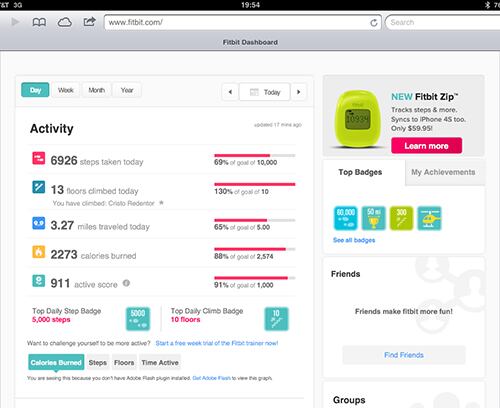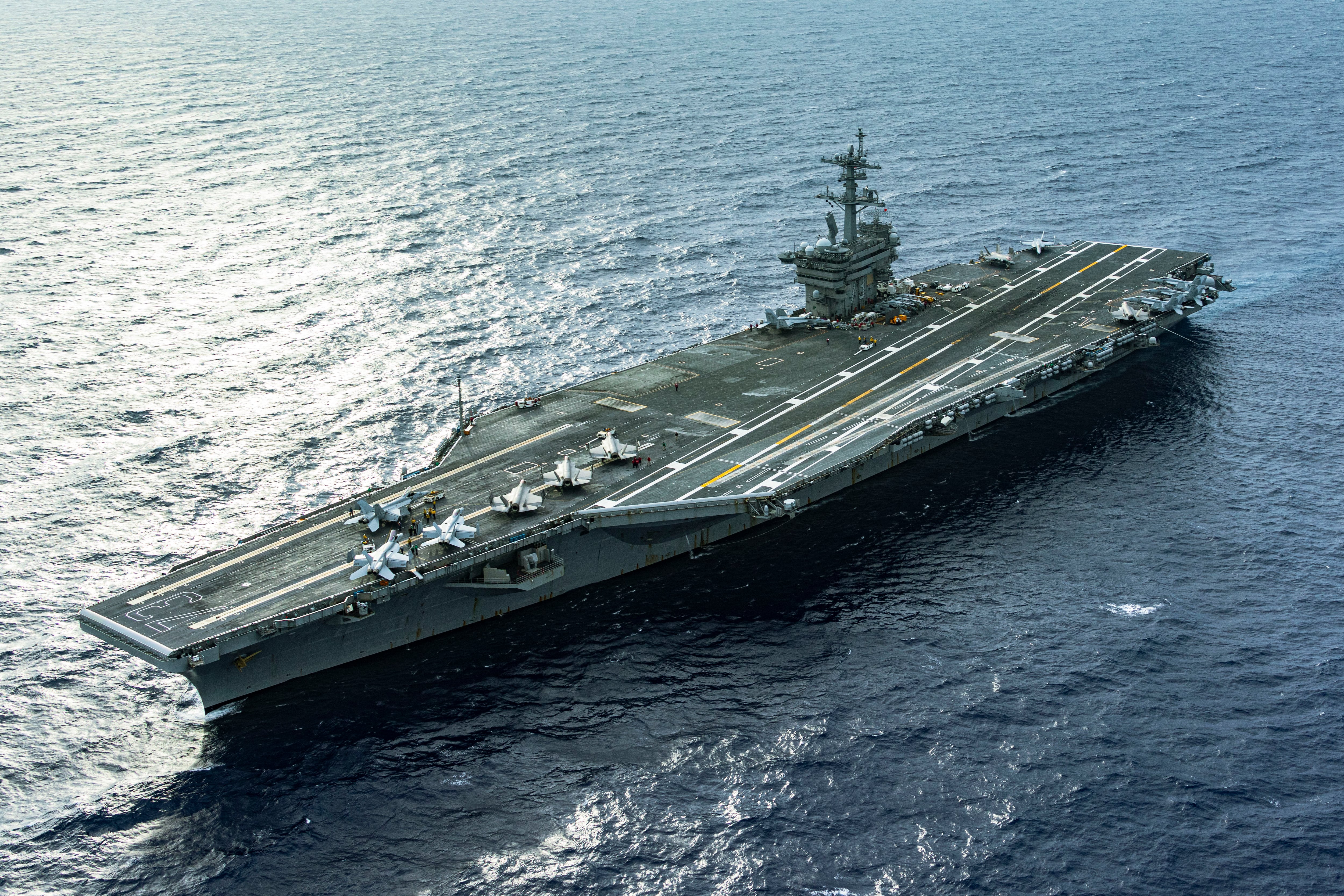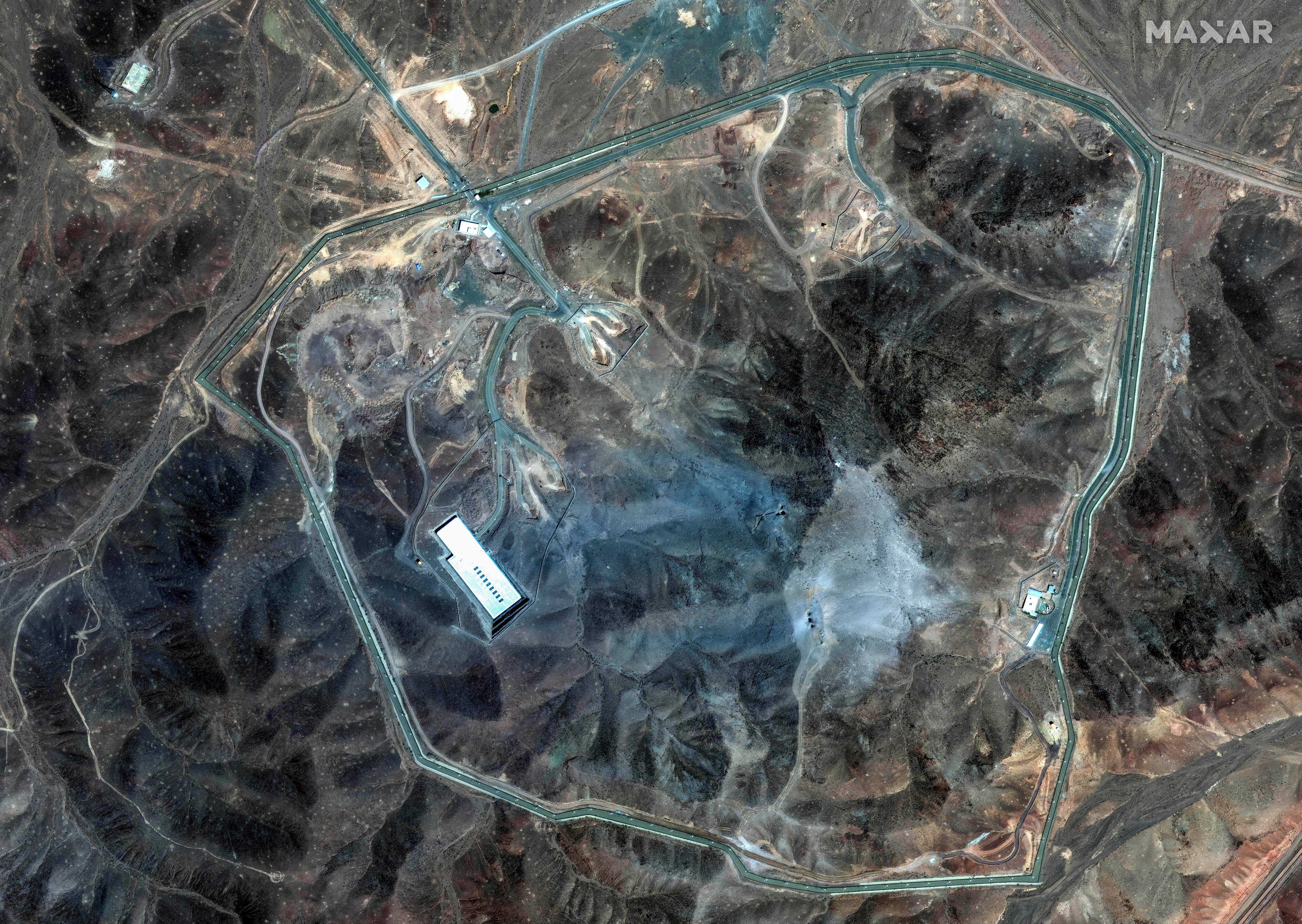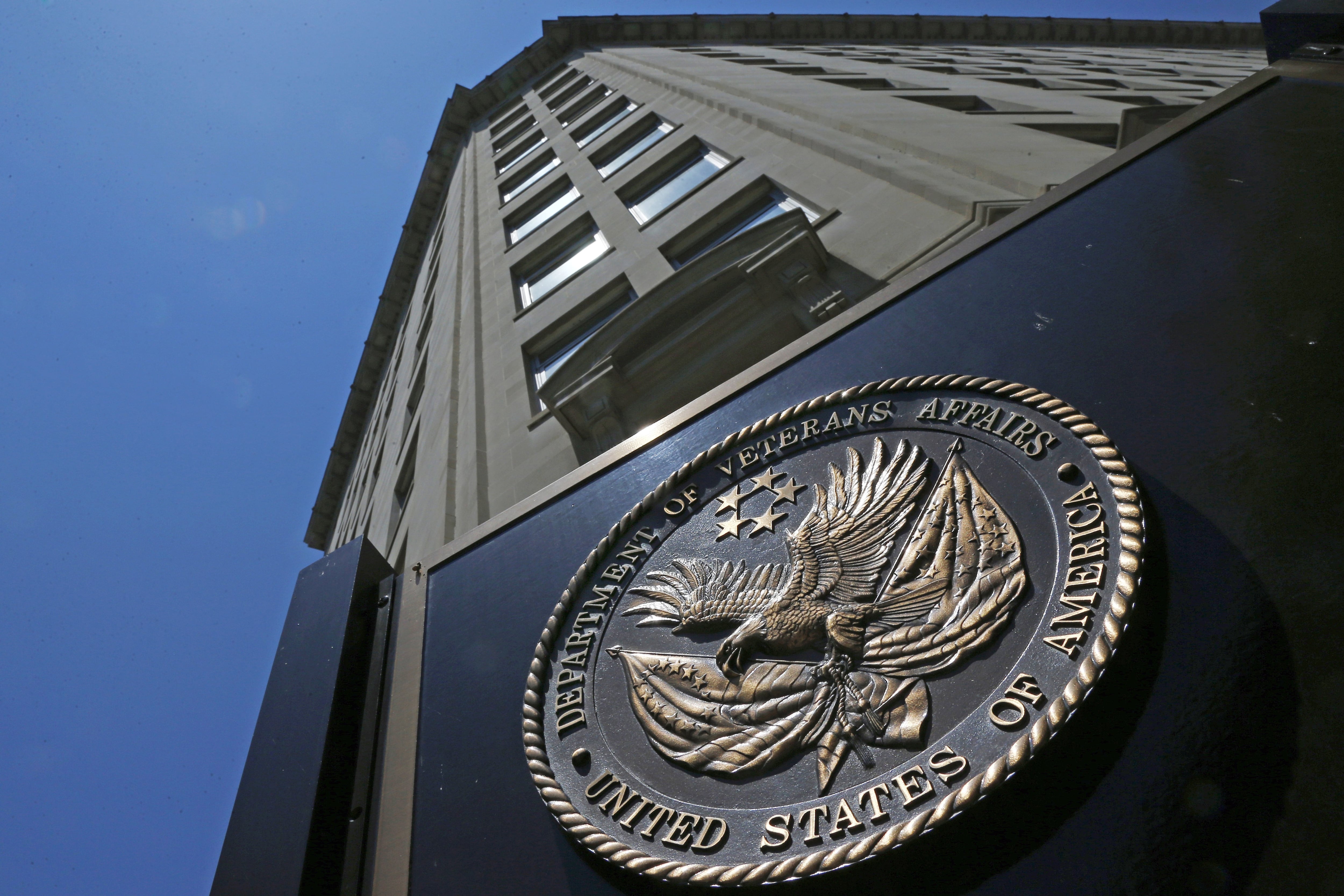The $100 Fitbit One is one high-tech pedometer.
Clip the plastic tracker (about the size of a Pink Pearl eraser) to your pocket or wristband, and -- with the help of a built-in 3D accelerometer -- track your movement and activity throughout the day.
[Update: This is one hearty little gadget. I ran it through a complete wash cycle -- on accident -- and it came out cleaner and working just fine. Lucky for the FitBit, it did not make it into the dryer. -- Sara]
You can then cycle through your data on the device's small display and see how many steps you've taken, how many miles you've covered or about how many calories you've burned. Thanks to the addition of an altimeter, the Fitbit One can also report how many flights of stairs you climbed that day.
The device measures .76" by 1.89" by .38" and weighs .28 ounces. The single button cycles through an OLED display that shows the time, and displays activity recorded -- such as miles traveled, stairs climbed and any feedback about your overall motion -- as a flower icon that grows taller the more you move. And its data-gathering abilities are not limited to waking hours. I could clip the Fitbit to my wristband (included) before bed and allow the device to track my sleep cycle, deciphering my movement throughout the night. It would log when I got into bed, when I fell asleep and how often I woke up during the night.

PROS:
Use it both day and night. The battery lasts about a week; recharge with the included USB dock.
Downloadable data. Pore over all of your data on Fitbit's website or through its free apps for iPhone and Android. Either method provides a colorful assortment of charts, graphs and tables showing your activity over time.
Durability. The hard-plastic device is sturdy and water-resistant.
Accurate distance calculator. I used it on trail and treadmill runs. I found the distance on the Fitbit to be very close to the actual distances recorded on my GPS watch (Garmin's Forerunner 910XT) and the readout on the treadmill.
Affordable(ish): At $100 dollars it offers the most functions for the price when compared to equivalent products such as the Nike FuelBand ($149)
Silent alarm. This works like a charm. Once the appointed time rolls around, the Fitbit's tiny vibration motor begins pulsing in short spurts.
Interface with other applications. I use MyFitnessPal to track workouts and my diet. The Fitbit app allows MyFitnessPal (among many other applications) to pull workout data into the app and track it in my workouts.
CONS:
Easy to misplace. You're wearing it on your clothes, not your person, so every time I changed clothes I had to remember to grab the Fitibit. Initially I had to go back into the clothes hamper to retrieve it, but after a while it became a habit to transfer the device.
Wireless sync limitations. The Fitbit only syncs directly with iPhone5 and the third-generation iPad. Also, there is no wireless synchronization support for Droid devices. Those without fancy new devices can use the included USB receiver. Connect the receiver to your home computer and the data will upload wirelessly once you're within range (about 20 feet from my computer).
Sleep monitor. The Sleep monitor supposedly tracks how efficiently you snooze. The basis of this measure is not valid though, due to the fact that it recognizes any movement as the person being awake, which of course is not always the case.
In reading some other reviews of this product, some users complained the device doesn't accurately count their steps. Recalibration seems to fix this. You simply measure how many steps the Fitbit counted over a known distance, then use the Fitbit website to calibrate the stride.
Conclusion
The Fitbit One performed well in my testing, doing an outstanding job of collecting, aggregating and displaying data during walking, running, stair climbing, sleeping and eating. This is a great device to help track overall fitness and health.
Buy it online at fitbit.com; $100.
[We're also kind of excited to try the Flex, coming soon.]
Army Lt. Col. Mike Ludwig, 41, is an ultrarunner and the chief nursing information officer for the Office of the Surgeon General in Falls Church, Va. Ludwig ran 12 ultras in 2012, including Virginia's Grindstone 100-miler (34 hours, 50 minutes) in October.




